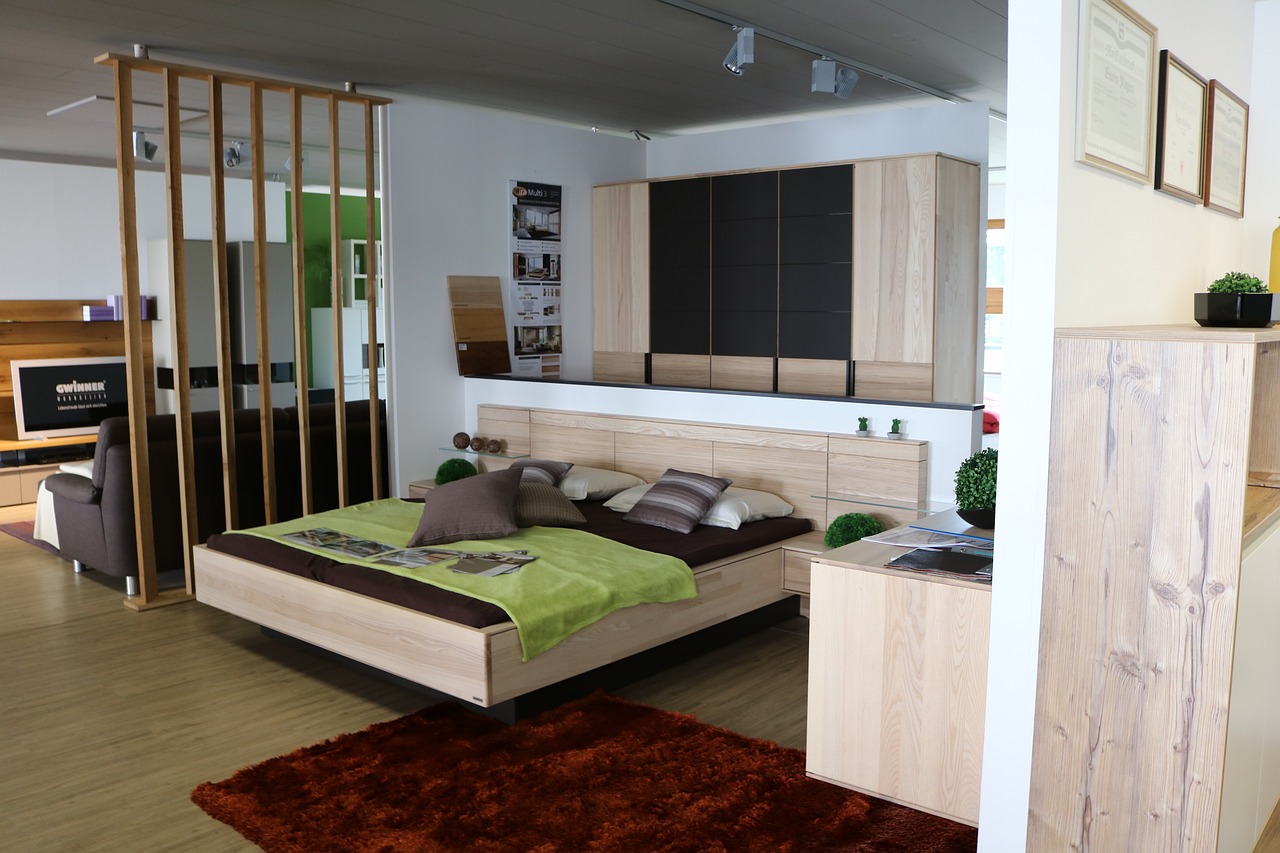Arranging Furniture for Better Movement in Narrow Sleep Spaces
Narrow sleep spaces require thoughtful arrangement to balance comfort and circulation. This article outlines practical layout strategies, furniture choices, and design principles that improve movement while supporting rest and storage needs. Practical tips cover organization, lighting, acoustics, ventilation, and adaptable solutions for limited footprints.

Narrow sleeping areas can feel cramped unless furniture and layout are chosen for clear circulation. Start by mapping primary movement paths — to the bed, closet, and door — and aim for at least 60–75 cm (24–30 in) of clear walkway where possible. Prioritizing ergonomic furniture placement reduces tripping and creates a calmer atmosphere for sleep. Consider how storage, lighting, and decor influence perceived space while ensuring that each item supports practical use rather than cluttering central circulation zones.
Layout and spaceplanning
Effective layout begins with a simple plan: position the bed first, then fit secondary pieces around it. In narrow rooms, place the bed along the longest uninterrupted wall to maximize side clearance. If a central walkway is needed, use low-profile furniture or shift storage to the foot or head of the bed. Spaceplanning that considers door swing, window access, and heating/cooling vents prevents later obstructions and makes daily movement more fluid.
Furniture and ergonomics
Select furniture scaled to the room: narrow frames, low headboards, and wall-mounted pieces preserve sightlines and walking space. Choose ergonomic heights for bedside surfaces to reduce bending and reaching. When possible, opt for narrow nightstands or floating shelves rather than bulky bedside tables. Position seating where it won’t block paths and prefer transparent or leggy furniture that visually lightens the room while maintaining function.
Storage and organization
Smart storage is essential in small sleep spaces. Vertical storage—tall chests, shelving, and hanging organizers—uses otherwise unused wall area and keeps floors clear for walking. Under-bed drawers and customized closets increase capacity without expanding the footprint. Maintain organization by grouping items (daywear, sleepwear, linens) and using labeled baskets or dividers; regular editing prevents overflow that narrows movement paths.
Lighting, acoustics, and sleep
Layered lighting improves safety and ambiance: a bright overhead source for dressing, task lighting at bedside for reading, and dimmable fixtures to support sleep onset. Position lights to illuminate walkways without glare. Address acoustics to protect sleep quality in compact spaces—soft textiles, rugs, and curtains absorb sound and make movement feel less intrusive. Thoughtful lighting and sound control together contribute to easier navigation and better rest.
Ventilation, colors, and textures
Good ventilation keeps a narrow room feeling fresh and comfortable. Ensure vents and windows remain unobstructed; consider slim-profile fans or ducting solutions that do not intrude on circulation. Use light, cohesive colors and subtle textures to visually expand the space—cool hues and matte finishes reduce visual clutter, while a single accent texture can add warmth without overwhelming the area. Keep heavy drapery minimal to preserve air flow and movement freedom.
Minimalism and multifunctional solutions
Embrace minimalism to reduce obstacles: fewer pieces mean clearer movement. Multifunctional furniture—beds with integrated storage, fold-down desks, and wall beds—can transform circulation when needed. Modular units allow reconfiguration as functions change. Prioritize pieces that serve more than one purpose so the space remains open for walking and flexible for activities like dressing or working.
Conclusion Arranging furniture in narrow sleep spaces is a balance of planning and restraint. Focus on clear walkways, appropriately scaled and ergonomic furniture, and storage strategies that free floor area. Combine layered lighting, acoustic softening, and adequate ventilation with a restrained color and texture palette to make movement easier and support restful sleep. Small, intentional changes often produce the largest gains in circulation and comfort.





